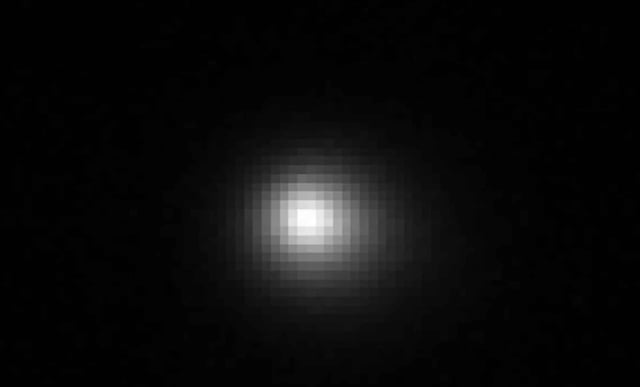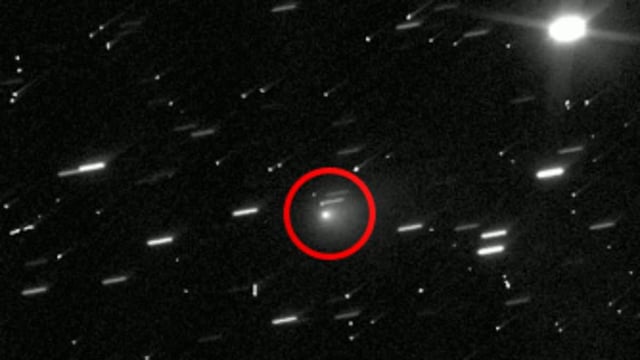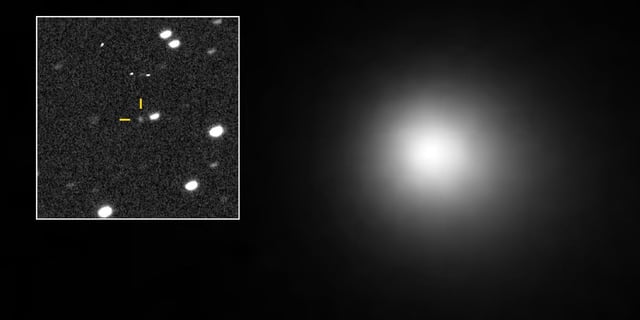Overview
- Hubble captured the first detailed images of 3I/ATLAS’s “puffy” coma, revealing abundant water ice and dust consistent with typical cometary activity
- Analysis of archival Vera C. Rubin Observatory data estimates the object’s nucleus at about seven miles in diameter, making it the largest interstellar visitor recorded
- Researchers emphasize that the new measurements undercut a non–peer-reviewed hypothesis by Avi Loeb and colleagues suggesting an artificial probe
- Global observatories and space agencies are intensifying observations ahead of the object’s late-October perihelion inside Mars’s orbit
- 3I/ATLAS will move behind the Sun in late November, ending Earth-based tracking and precluding any current spacecraft interception


